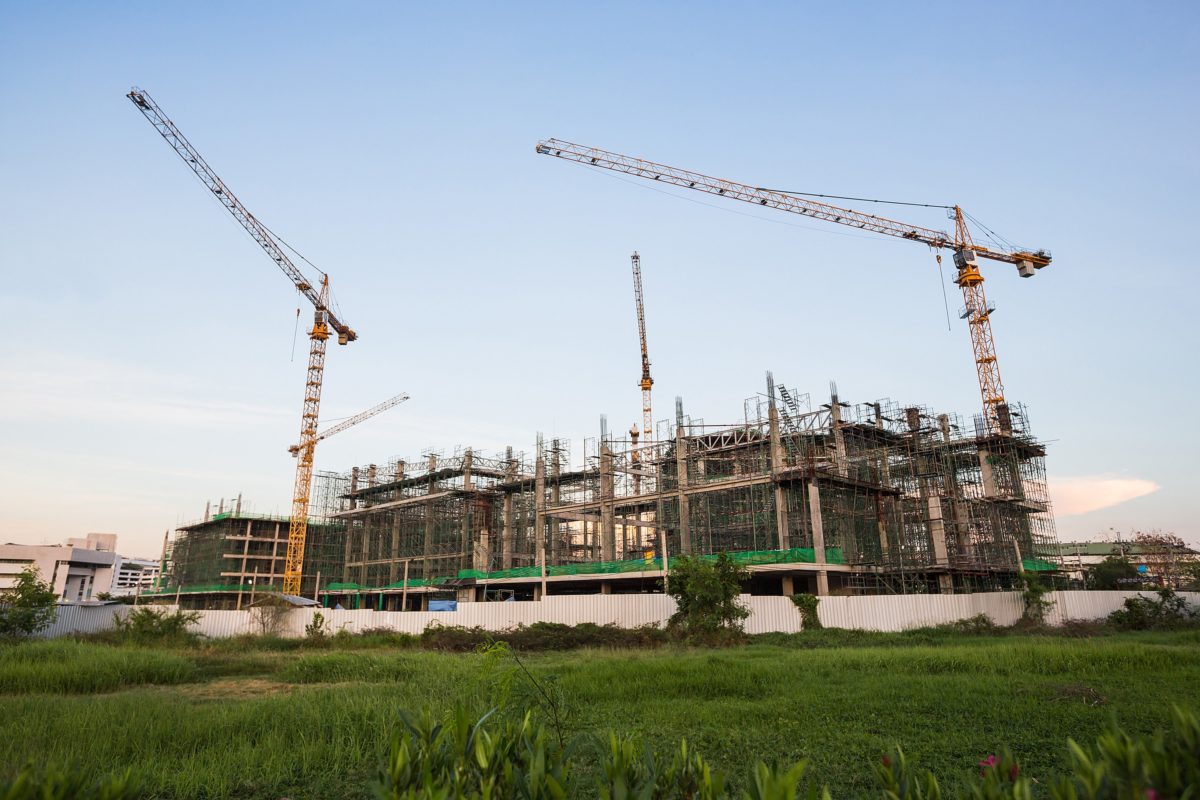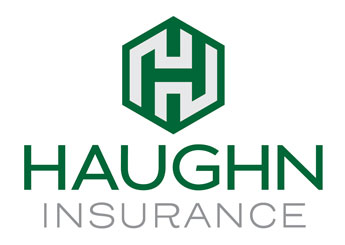
Government data has found that U.S. homes have become considerably more energy-efficient over the past four decades. However, homes have also gotten bigger, according to a 2015 survey from the Pew Research Center, and the bigger the home is, the less energy-efficient it is. The same concept goes for office buildings.
Before you design or revamp a business (or home), you should invest in energy efficiency, as recommended by the U.S. Department of Energy. Not only will you save energy and money, but you’ll also have a more comfortable and durable building to do business in. Before taking on any construction projects, it is imperative to cover your operation with a construction insurance policy. Once you’ve obtained that, here are some of the best practices for energy-efficient construction.
Whole-House Systems Approach
A whole-house systems approach is when you and your business professionals consider all the variables, details and interactions that impact energy use for your business. This includes but is not limited to occupant behavior, site conditions and climate. Other things that could impact your use are:
- Appliances and electronics
- Insulation and air sealing
- Lighting and daylighting
- Space heating and cooling
- Windows, doors and skylights
- Water heating
Ultra-Efficient Homes
These homes combine the best energy-efficient construction, appliances and lighting with commercially available renewable energy systems, such as solar heating and solar electricity. Through local climate and site conditions, designers can often also incorporate a little thing called passive solar heating, as well as cooling and energy-efficient landscaping strategies. These things reduce the energy you are using as much as possible, then meet the reduced load with renewed energy at the end.
Advanced House Framing
Also known as optimum value engineering, this way reduces lumber use and waste, overall improving the energy efficiency of a wood house.
Cool Roofs
High reflective materials can really do the trick. Thanks to them, cool roofs have been invented. They reflect light and don’t absorb heat, keeping buildings cooler during hot weather.
Passive Solar Home Design
This helps provide heating in the winter and cooling in the summer.
Earth-Sheltered, Straw Bale, Log and Manufactured Homes
- Earth-Sheltered – Build underground or bermed, these types of homes can be comfortable, durable and energy-efficient when well designed and built.
- Straw Bale – First common between 1895 and 1940, straw bale homes have been seen since the mid-1990’s as a viable, energy-efficient approach. The only problem with them is that they have to pass building code structures, which vary by state.
- Log – Log homes require a lot of maintenance to stay energy-efficient. Using solid wood logs to maintain insulation, these types of homes also require a lot of care while designing them.
- Manufactured – Formerly known as mobile homes, these are built into the U.S. Department of Housing and Urban Development code and are constructed on a permanent chassis so they can move. Improve your home with caulking and weather stripping, air sealing and choosing energy-efficient lighting and appliances.
About Haughn & Associates
Founded by Michael Haughn in 1986, Haughn & Associates is a full-service, family-owned, independent insurance agency based out of Dublin, Ohio. H&A strives to provide the best possible price and unique insurance solutions across a myriad of industries, including construction, IT, Habitation & Commercial Property, Agriculture, and Engineering. Devoted to providing the best of business insurance, life and disability insurance, personal insurance, employee benefits, and bonds, H&A is proof that success lies in long-standing client relations and satisfaction. To learn more about how H&A can be of service to you, contact us at (877) 802-2278.

